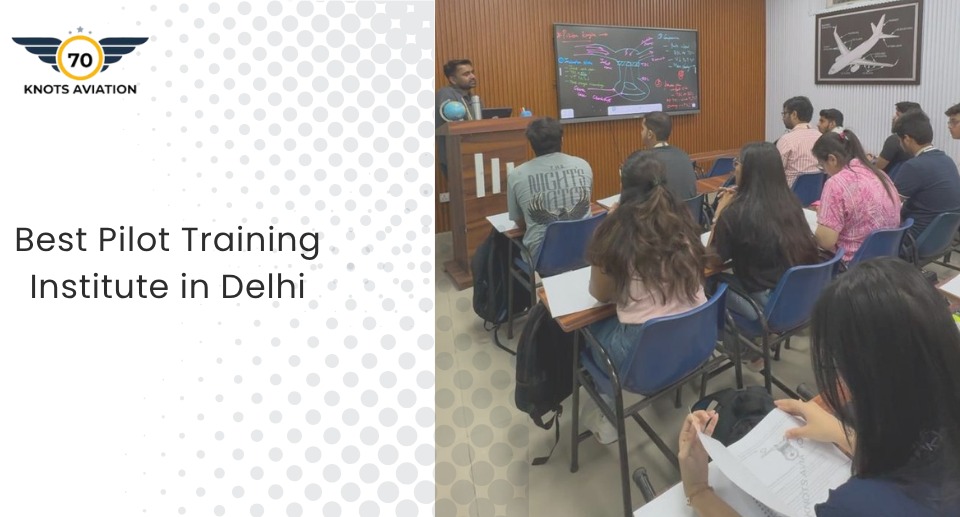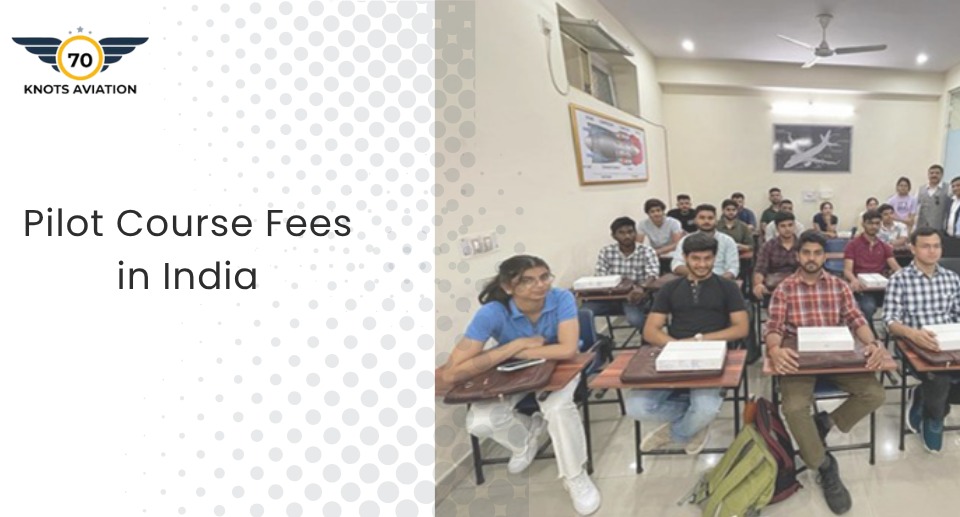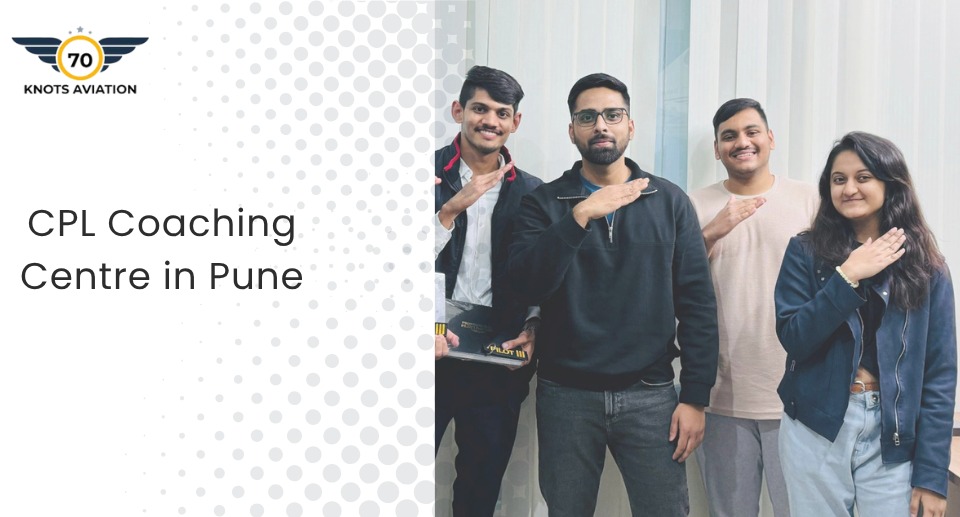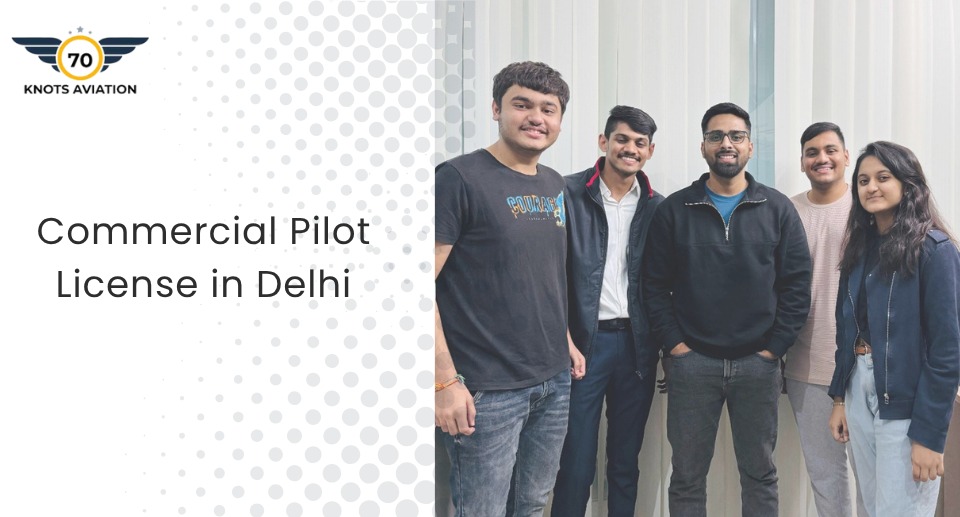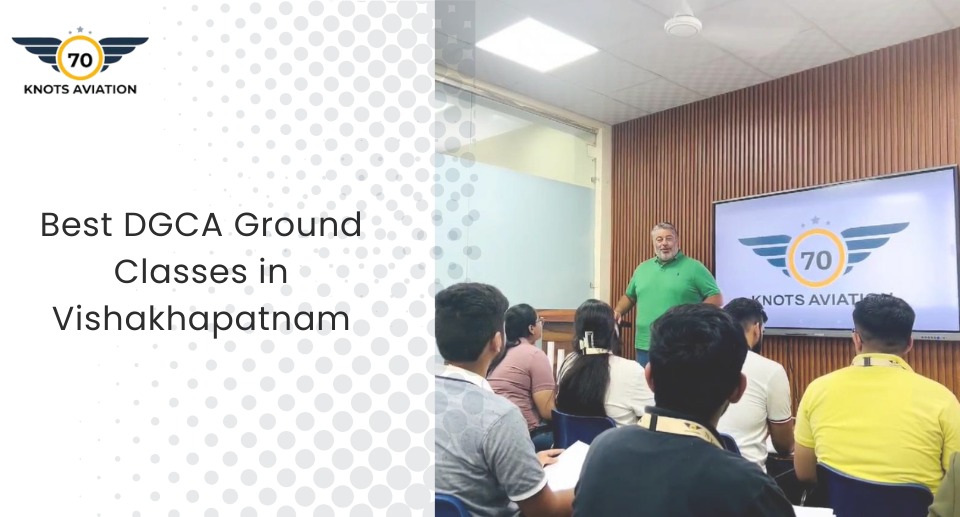Pilot Training Institute in Guwahati: Your Path to a Successful Aviation Career
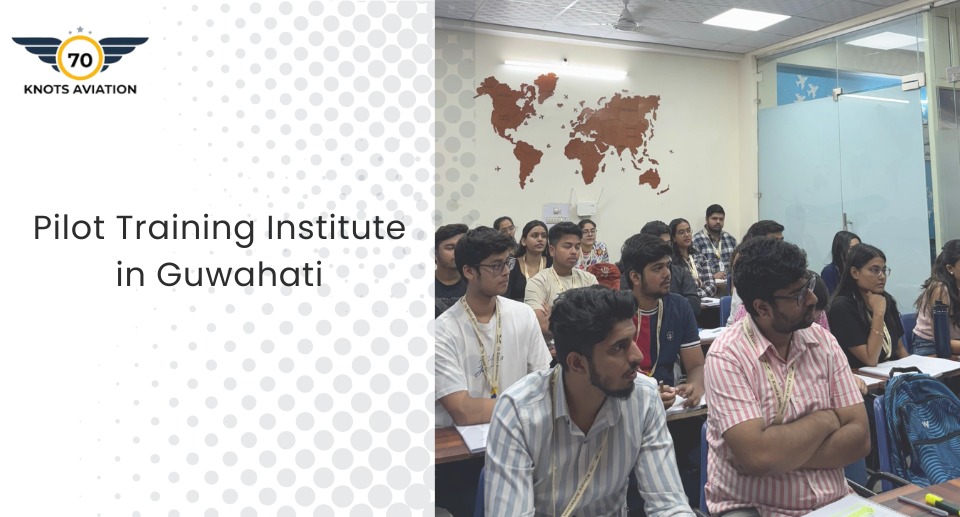
Aviation feels like a doorway to big dreams and to a country’s growth. Lately the Northeast of India looks ready to grow the next batch of pilots. The reason? Good location, more flights needed, and friendly rules. Guwahati sits at the front door of the Northeast, making it a handy base for future pilots. By signing up at a good school here, students from Assam, Meghalaya, Manipur, Nagaland, and Arunachal Pradesh can learn top skills while staying close to home. Below I’ll show why Guwahati makes sense, how to pick the right school, what the training steps look like, and why the region’s sky looks bright.
Why Choose a Pilot Training Institute in Guwahati?
Guwahati’s big draw is Lokpriya Gopinath Bordoloi International Airport. It’s one of the busiest spots in the Northeast. Trainees get to see real flights—passenger, cargo, and even military—all under one roof. The runway, the lights, the control tower—they all meet world‑class standards. That means ground lessons and flight practice feel real.
Beyond the airport, the city sees more and more flight demand. New routes keep opening, especially after the UDAN program. Airlines are adding Guwahati to their maps to carry the growing number of passengers. More planes mean they need more pilots, so jobs are popping up.
Compared with Delhi or Mumbai, Guwahati feels calmer to study. There’s less traffic, cheaper rent, and people are friendly. Those things cut down the stress that can hit students hard. For kids from the Northeast, getting to Guwahati is easy—buses, trains, or a short flight. The culture and language are familiar, so the adjustment period is short. All these points together make Guwahati a solid launchpadfor a flying career.
Picking the Right Training Institute
Aviation is tightly ruled, so a DGCA‑approved program is a must. The Directorate General of Civil Aviation’s rules make sure the training meets national and global standards. Without that, a license may not be accepted abroad.
Another must: instructors with real flight hours. Teachers who have logged many commercial hours bring real‑world tips that a textbook can’t give. They help students think fast in the cockpit and handle pressure in exams or later interviews.
Good planes and simulators are also key. Modern simulators copy the feel of real planes, letting students practice emergencies safely. Well‑maintained trainer aircraft give a true handling feel, which helps skills stick.
Personal help matters too. One‑on‑one tutoring for theory, flight checks, and interview prep boosts pass rates. Tailored coaching sharpens communication, something airlines look for.
A reputable school also helps with job placement. It uses its contacts to line up internships, type‑rating spots, and entry jobs. Going to a school with no accreditation can cost you tuition, waste time, and lower morale—a risk most students can’t afford.
The Training Journey: Steps to Becoming a Pilot
Check Eligibility & Enrol
You need at least 10+2 with physics and math, good speaking skills, and a Class‑1 medical from DGCA. The medical check examines the heart, eyes, and overall health—a safety must.
Ground School
The classroom part covers navigation, weather, rules, ATGN, and radio talk. Lectures mix with simple simulations and self‑study. The goal is to grasp what keeps a plane in the air and what the rules are.
Simulator Sessions
Next, students sit in a high‑tech cockpit that mimics a real airliner. They practice instrument flying, emergency drills, and bad weather. This builds quick decision-making and muscle memory.
Real Flight Hours
To get a commercial pilot license, you usually need about 200 flight hours. Those hours are split into solo flights, cross‑country trips, night flying, and instrument work. Each flight builds judgment and crew coordination.
Exams & License
After the hours, candidates face DGCA written and practical exams. The written test checks theory. The practical test, run by examiners, watches how you handle the aircraft, follow procedures, and react to faults. Ongoing mentor support keeps confidence high.
Placement & Career Help
Good schools push graduates toward airlines, charter firms, or flying clubs. They help polish résumés, coach interviews, and connect with hiring managers.
Why Guwahati’s Aviation Future Looks Bright
The UDAN plan is opening new air links in the Northeast, tying remote towns to Guwahati. More routes mean more seats, which means airlines need more pilots.
New aviation academies are popping up, backed by government incentives and private partners. They attract local talent eager to work the skies.
All this means better job chances for pilots trained here. Airlines expanding fleets will favor pilots who know the local weather, airspace, and culture.
Choosing the Right Institute: One Suggested Option
Among the many choices, 70 Knots Aviation stands out for several reasons.
- Modern training gear—they own Cessna 172s and Piper PA‑28s, all kept up to DGCA standards.
- DGCA‑approved courses—the lessons follow the official Annexure‑III rules, adding Indian airspace and weather topics.
- Experienced teachers—former airline captains and senior instructors—total over 10,000 flight hours. Their stories add real-life context to drills.
- Skill and personality building—workshops cover speaking, leadership, and handling pressure, which are useful for airline interview panels.
- Mentor system & placement links—each student gets a mentor who checks progress, offers extra help, and lines up interviews with carriers like IndiGo and Air India. Alumni also help with job leads.
In short, 70 Knots blends solid teaching, real‑world gear, and job connections, making the jump from classroom to cockpit smoother.
Cost of Pilot Training in Guwahati
Training isn’t cheap. Nationally it runs about ₹40‑₹50 lakhs—that covers tuition, plane rental, fuel, simulator time, medical checks, and license fees.
It looks high, but compare it to what pilots earn. New commercial pilots in India make roughly ₹1.5‑₹3 lakhs a month, and that climbs fast with experience and type‑ratings. Some pilots in overseas carriers earn over ₹5 lakhs monthly. The money can come back in a few years of steady work.
Scholarships, student loans, and sponsor programs from airlines can lower the burden, letting bright students chase the dream without drowning in debt.
Career Paths After Training
Graduates from Guwahati schools can go into several roles:
- Commercial airline pilot—Fly for Indigo, Air India, Akasa Air, and SpiceJet on domestic and international trips.
- Charter pilot—fly private executives, needing flexibility and top customer service.
- Cargo pilot – move goods for e‑commerce firms, a sector growing fast.
- Flight instructor—teach the next batch, also earning a license as an “Instructor.”
- Government or defense pilot—serve in the Indian Air Force, Navy, or state aviation units.
India needs over 10,000 new pilots in the next ten years because fleets are expanding and many new regional airports are opening. That gap promises steady jobs for those trained in Guwahati.
Tips for Aspiring Pilots from Guwahati
- Get the Class 1 medical early; delays here can push back everything else.
- Focus on physics and math in school; they are the base of aerodynamics and navigation.
- Follow DGCA updates and airline hiring news; rules can change, like CPL hour limits.
- Build discipline and decision‑making—join debate clubs, sports teams, or scouting to sharpen those skills.
- Don’t pick the cheapest school; poor training can risk safety and career length.
Following these steps helps students from Guwahati and the wider Northeast handle the tough training road with confidence.
Conclusion
Guwahati sits at a sweet spot of location, airport facilities, quiet study vibe, and growing flight routes thanks to UDAN. Those factors create fertile ground for pilot training. Choosing a DGCA‑approved school such as 70 Knots Aviation gives access to good aircraft, real‑world simulators, and strong job links. The cost is noticeable, but the earning potential and the nation’s pilot shortage make the investment worth it. With solid prep, meeting medical rules, and signing up at a reputable center, youngsters from Guwahati can turn their sky‑high ambitions into a lasting, rewarding career.

